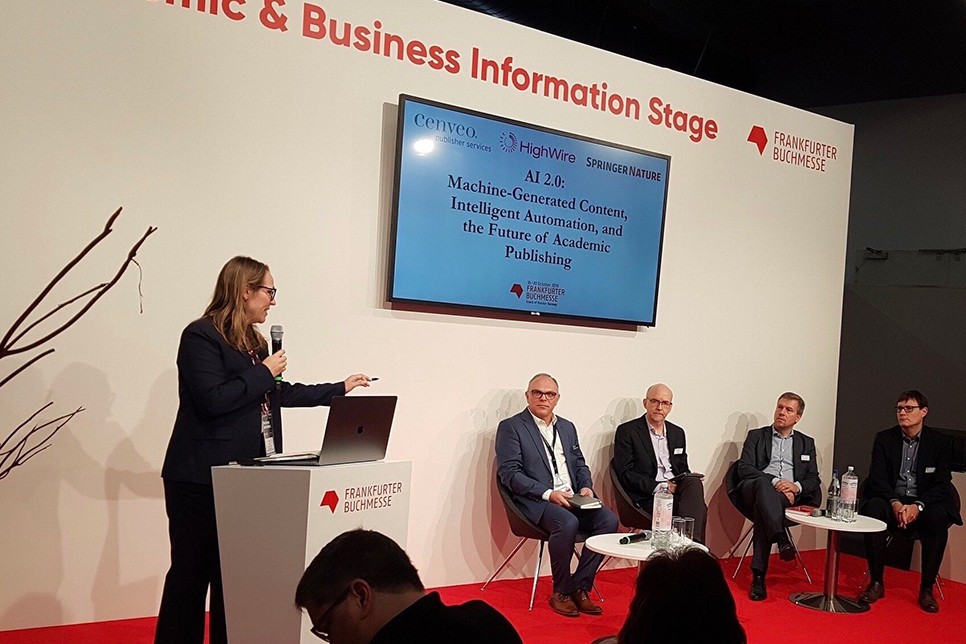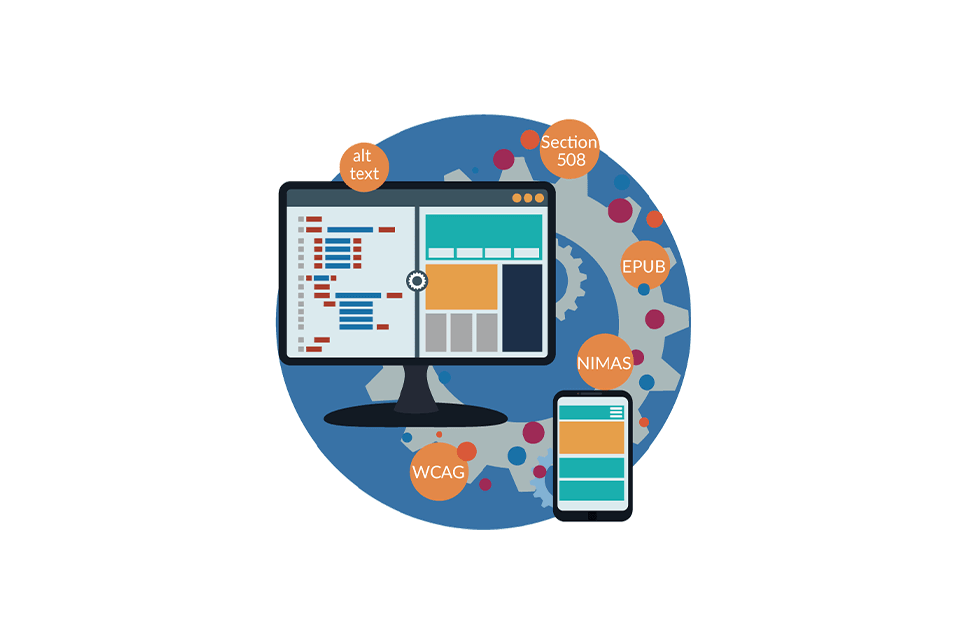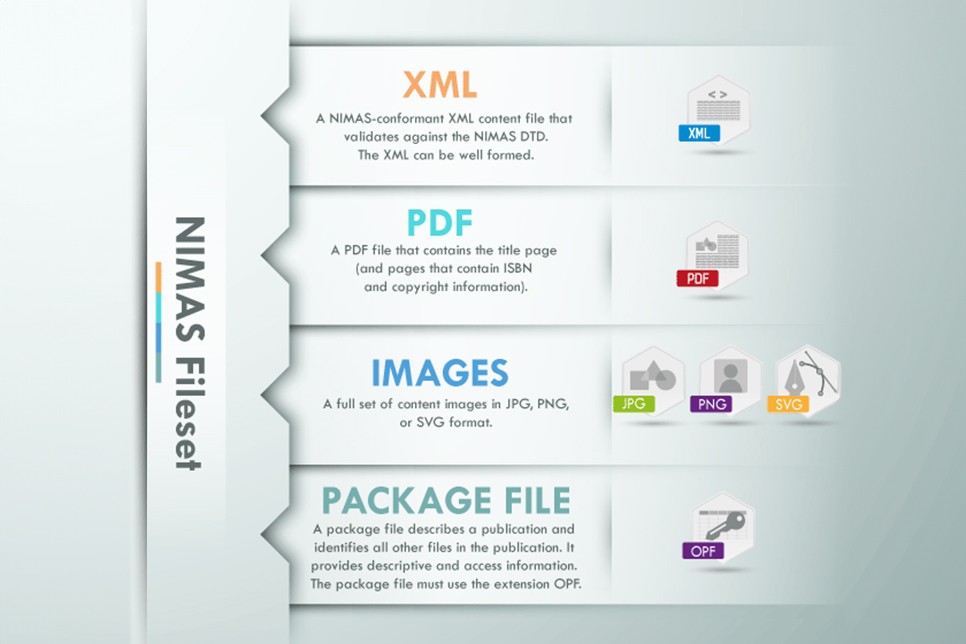
Every year at the Frankfurt Book Fair, there is a buzzword or phrase that continues to pop up on panels, in articles, and in conversations and meetings. In the past, we have seen ‘big data’ and ‘blockchain’ dominate the headlines, but this year’s buzz word (or acronym) was ‘AI,’ as publishers, information professionals, service providers, and the media debated how this technology can be used in the industry.

In recent years, publishers have begun to utilize advances in artificial intelligence (AI) and machine learning to significantly change their businesses for the better. Though some innovations, such as using an algorithm to predict if a book will be a bestseller, have gotten more news coverage, AI and machine learning have been incredibly useful to publishers to help process user data to better understand the marketplace, to improve peer review, to help with workflow, and even to create new products. Here are some of the most notable current trends we have observed:

The topic of accessibility is a priority for all types of publishers in 2018 and we project it's the year the majority will invest in making content accessible for all readers. Cenveo Publisher Services recently hosted a webinar on accessibility: "Digital Equality - The Importance of Accessibility in Your Publishing Strategy." If you did not catch the live webinar, you can stream it here. We received so many great questions during the webinar. However, we ran out of time before we could answer every one!

Like the visually impaired, the Internet cannot “see” content the way a sighted human being does. It can only discover relevant content via searchable text and metadata. When publishers take the right steps to make content accessible, they also make it more discoverable.

The venerable world of trade books has had accessibility options since the early 19th Century invention of Braille. However, only in the digital age has it been possible to make all books accessible to the visually impaired.

K-12 and Higher Ed publishers provide complex content that is deeply intertwined with Learning Management Systems and other digital deliverables. That makes accessibility harder—and potentially more rewarding.

The terms “access” and “scholarly journals” are often linked to Open Access publishing. Less often discussed—but still very important—are issues and challenges of making journal content accessible to the visually, cognitively, or otherwise impaired.

Since the early 19th century invention of braille, the concept of making written content available to the blind or visually impaired has been a noble aspiration of a civilized society. Making that concept a practical reality is another matter. Even as new, more automated technologies arise, the challenges of accessibility remain formidable.









